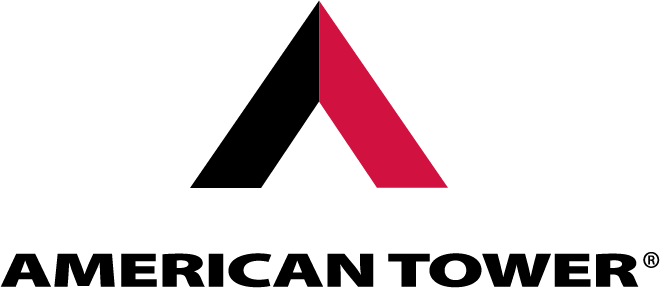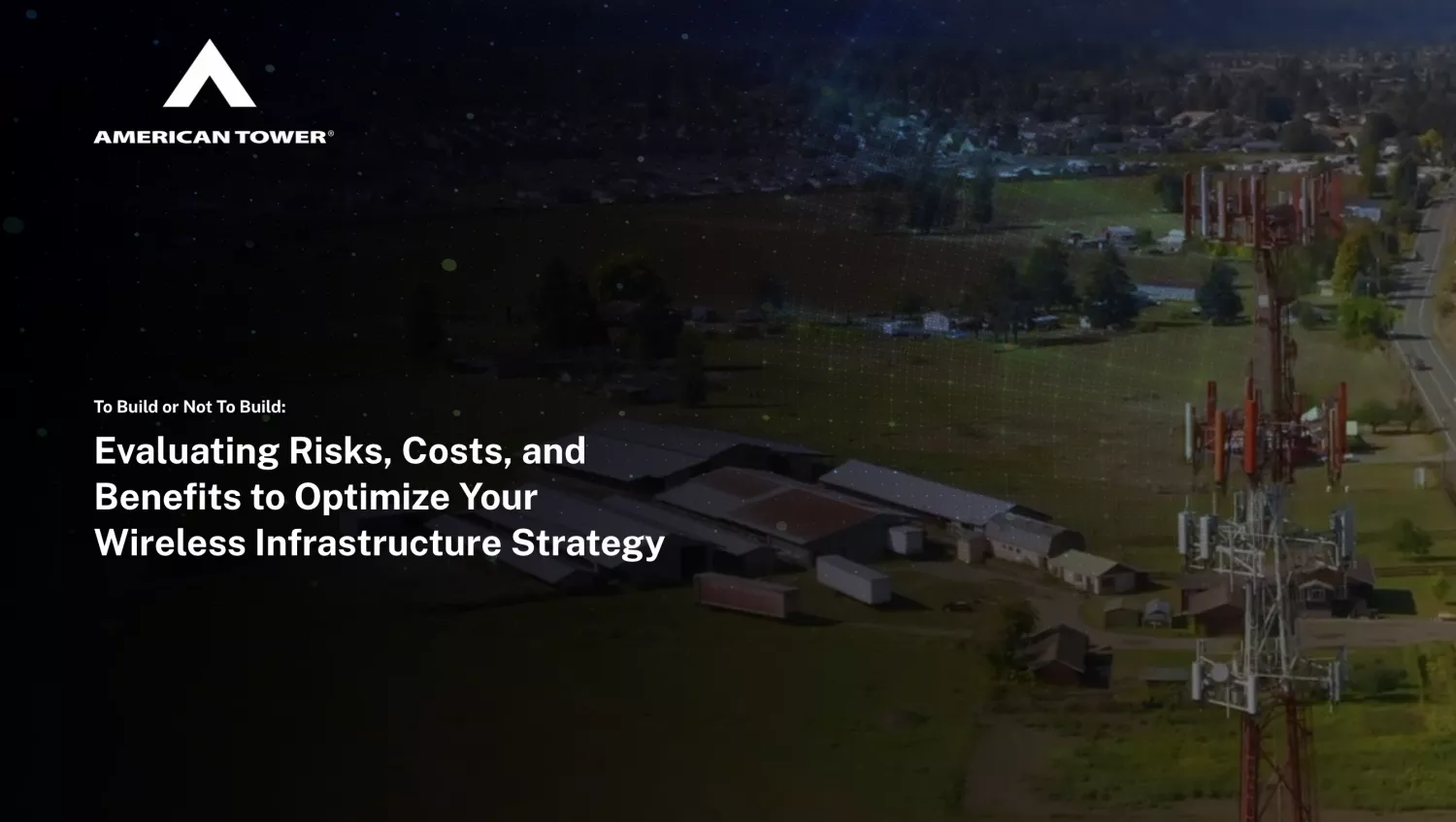With accelerating deployment and expansion of broadband networks nationwide, network operators are facing an array of questions, with sizeable implications for their risk and cost outlook. What is a fundamental decision they all confront? To build or not to build a tower to meet network demands.
Meaningful decision points are rarely straightforward, which is why so many tools exist for assessing potential risks, costs, and benefits of complex decisions. From decision trees to cost-benefit analyses, from Strengths Weaknesses Opportunities and Threats (SWOT) analyses to feasibility studies, decisionmakers crave frameworks that present relevant facts in a digestible format and help them arrive at informed decisions that instill confidence.
Wireless network planning can be a complex undertaking. In planning buildouts, network operators of all sizes and types, particularly in rural areas, must evaluate the tradeoffs between building a new tower, dedicated to their own operations, or leasing space on an existing tower. They must assess if existing structures are in the right locations and offer the capacity and coverage needed to meet their connectivity goals.
Of course, to arrive at a final decision involves considerations well beyond these core questions. Network operators need to think critically about cost, land, or local infrastructure acquisition; permits and approvals; negotiations; time to market; installation and construction; and infrastructure operations and maintenance—a knotty challenge indeed.
To untangle these issues, American Tower has released a new e-book, which provides a framework to help decisionmakers carefully evaluate the build and lease options. Over four chapters, we lay out the considerations at play and share insights, illustrative outcomes, and valuable process guidance.
In this blog post, we introduce a major consideration explored in chapter one: the issues surrounding land acquisition, zoning, and permitting.
Before the Build
Many of the highest risks and costs associated with building towers, or using existing infrastructure, emerge before the build even starts. The steps to acquire land on which to build a tower or secure the rights to use existing infrastructure, together with obtaining the necessary zoning approvals and permits, may alone take years to complete and can easily introduce unanticipated delays and costs.
Multiple variables that drive time to market and cost outcomes in this prebuild period are explored in the e-book, including:
- Finding Land and Existing Infrastructure: What is involved in the search for available land or existing infrastructure? What can you expect from negotiations with either landowners or infrastructure owners?
- Zoning and Permitting: How might state and local governments, jurisdictional authorities, or public interest impact the speed of your network deployment?
- Regulatory and Environmental Approvals: What are some of the hurdles for regulatory and environmental approvals, potentially adding months or even years to the best laid plans?
- Cost Considerations: Why do some network operators experience varied costs in connection with zoning and permitting approvals?
Reducing Approval Burdens and Roadblocks Through Collocation
Some network operators may decide to pursue a collocation strategy, leasing space on an existing tower rather than embarking on the major effort to build their own.
What are some of the advantages of a decision to collocate on an existing tower? What resources can network operators access from tower providers to facilitate their rollouts, and what may be the time and budget benefits of doing so?
You will find the answers to these and other questions in chapter one of our new e-book. Subsequent chapters explore key factors behind tower construction, maintenance, and total cost of ownership, as well as collocation considerations and the ways we stand ready to help.
Carefully evaluate the risks, costs, and benefits of collocation versus building before making a final decision. Read the e-book for the guidance you need to make the best decision for your business.

About the Author: Aaron Feduk
Aaron, an industry leader at American Tower for over two decades, has held roles in operations, carrier sales, and real estate management and acquisition. Currently, he leads business development and strategy for the WISP vertical.


